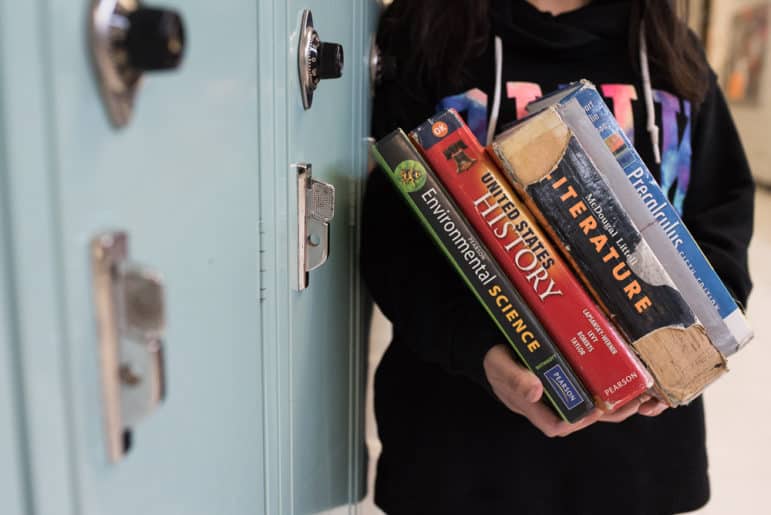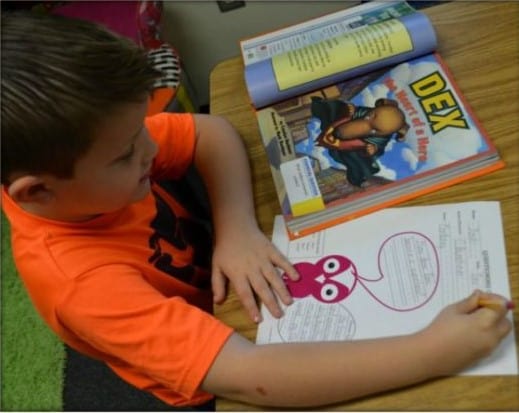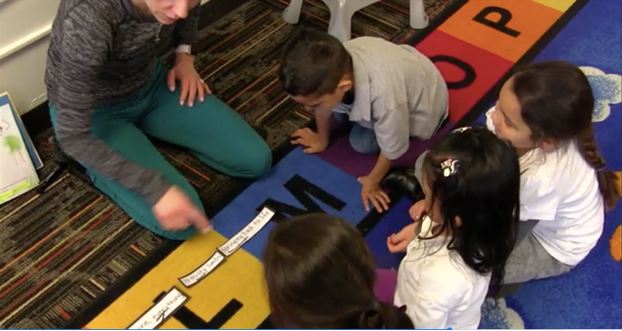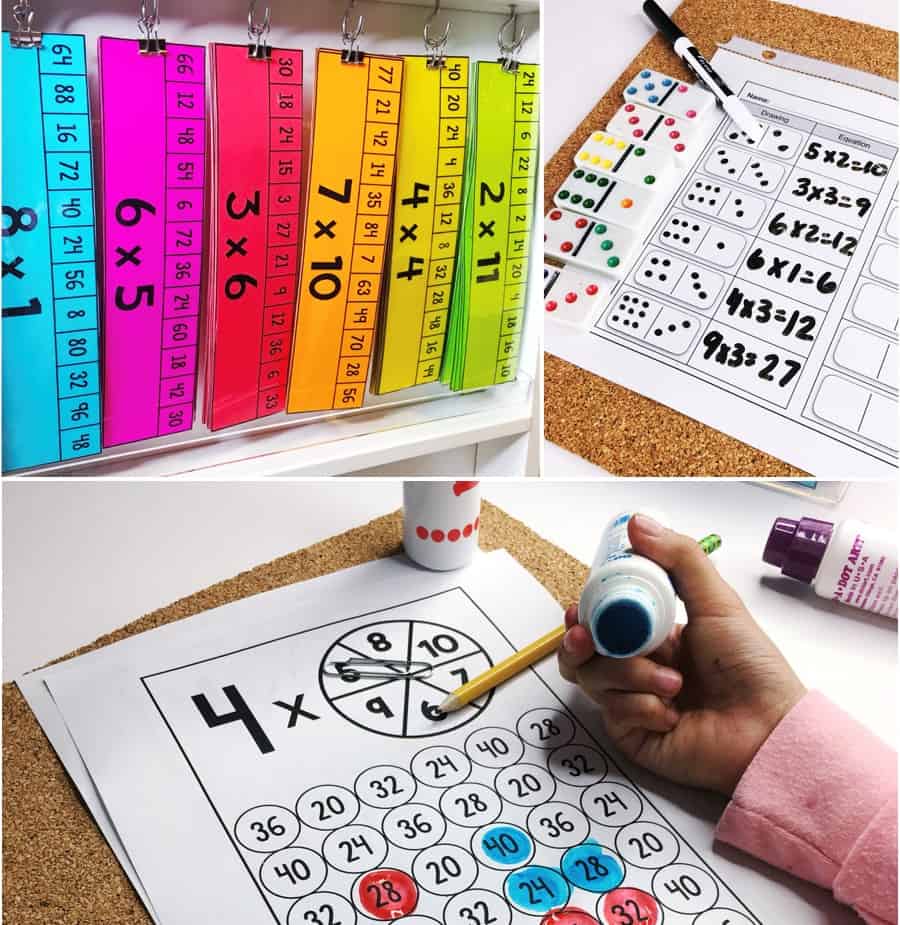Notice : Undefined index: series in
/mnt/stor9-wc1-dfw1/627046/www.achievethecore.org/web/content/peersandpedagogy/wp-content/themes/aligned-2018/page-series.php on line
12
Part null
One district leader explains how joining the Instructional Materials Task Force offered an opportunity for collaboration, professional development and deeper clarity on the Standards
04/10/15, Karin Manns
Part null
Designed by some of the lead writers of the Common Core, the IMET is a free tool that states and districts are using to evaluate the alignment of instructional materials to the Common Core
04/10/15,
Part 1
Details Louisiana's instructional materials review process
04/10/15,
Part null
Breaking district and state lines in the journey toward finding Common Core-aligned materials
04/13/15, Nancy Gannon
Part null
Welcome to Aligned, a publication dedicated to the conversation about Common Core-aligned instructional materials
04/14/15,
Part null
Even though many districts are not in a position to purchase new materials in the short-term, training reviewers now is a smart long-term investment
04/28/15, Nancy Gannon
Part 1
The Shifts are a powerful frame to help drive understanding of the Common Core
05/01/15, Sandra Alberti
Part null
Even when districts approach materials review processes from different perspectives – and with different objectives – collaboration provides important benefits
05/05/15, Julie Spykerman
Part null
Advice on selecting and training strong review teams
05/07/15, Amy Weber-Salgo
Part 2
Selecting and training the review team
05/13/15,
Part null
Today’s review teams will function differently than review teams of the past, requiring new skills and experience
05/15/15, Nancy Gannon
Part null
As instructional materials reviews are made public, how should states and districts use that information?
05/20/15, Lisa Goldschmidt
Part null
When is the right time to use the IMET? Whether you’re purchasing, supplementing, designing, or simply building capacity, the IMET can help.
05/28/15, Catherine Schmidt
Part null
A teacher explains the unexpected connection she uncovered between materials reviews and the classroom
06/05/15, Tresa Watson
Part null
Educators from Granite Falls uncovered benefits to reviewing that they hadn’t anticipated
06/16/15, Karin Manns
Part null
An introduction to supplementing and adapting instructional materials
06/26/15,
Part 3
How Louisiana communicated its alignment concerns to publishers
06/30/15,
Part null
Sue Pimentel, one of the lead writers of the Common Core, introduces the Publishers’ Criteria
07/02/15, Susan Pimentel
Part null
Conducting a review was harder than expected, but it illuminated how critical this information is for publishers
07/07/15, Silas Kulkarni
Part 1
What are OER? Where can you find them? How should you use them?
07/09/15, Barbara Soots
Part 2
Washington's work to identify OER and put them to use in classrooms
07/17/15, Barbara Soots
Part null
How Milwaukee built a review team that reflected the needs of the teachers and students
07/24/15, Tracy Stevenson-Olson
Part 2
A Kentucky teacher explains what the CCSS Math Shifts mean for classroom materials
07/28/15, Jana Bryant
Part 3
A North Carolina literacy coach explains what the CCSS ELA Shifts mean for classroom materials
07/31/15, Tanji Reed Marshall
Part null
Common Core-aligned resources for popular read-alouds, basal stories, and anthology selections
08/06/15, Student Achievement Partners
Part null
What are the differences between a traditional review and an IMET review? A teacher who’s done both explains.
08/12/15, Julie Spykerman
Part 4
Why Louisiana chose to share all its curricular reviews online and where you can see the findings
08/13/15, Student Achievement Partners
Part 1
The challenging, yet rewarding process of adapting instructional materials
08/20/15, Stacy Wetcher
Part 2
A panel of experts met to pinpoint the biggest problems with today’s math textbooks: here’s what they found
08/28/15, Marni Greenstein
Part null
An SAP math specialist explains how small changes to the IMET can have a big impact on users
09/02/15, Marni Greenstein
Part null
An SAP literacy specialist explains how small changes to the IMET can have a big impact on users
09/02/15, Meredith Liben
Part null
Keep up-to-date with the latest media coverage of instructional materials
09/11/15, Student Achievement Partners
Part 3
A panel of experts pinpointed the biggest problems with today’s ELA/literacy materials
09/15/15, Rachel Etienne
Part 4
Developing a process for teachers to adapt instructional materials in mathematics
09/22/15, Illustrative Mathematics
Part 3
The K-12 OER Collaborative is working to create Common Core-aligned resources
09/25/15, Karl Nelson, Jennifer Wolfe
Part 4
Learn how the Collaborative is planning on creating and vetting materials.
09/30/15, Karl Nelson, Jennifer Wolfe
Part null
Achieve created a rubric and review process to facilitate peer reviews
10/08/15, Student Achievement Partners
Part null
Achieve and SAP are looking for instructional materials aligned to the CCSS to address weaknesses in existing materials
10/15/15, Cristina Marks, Jeremy Thomas
Part 1
What to look for in instructional materials that align to the SMPs
10/20/15, Sarah Galasso
Part null
The Coherence Map can help you uncover gaps in understanding and find resources to supplement your instructional materials.
10/29/15, Student Achievement Partners
Part null
Building tier 2 vocabulary is critical to comprehending texts across content areas, yet it often receives insufficient attention in existing curriculum options. What can teachers do to fill the gap?
11/05/15, Student Achievement Partners
Part 5
A team of 4th grade educators adapted a Pearson Reading Street lesson to better serve their students and enhance CCSS alignment
11/12/15, Rachel Etienne
Part 6
New case studies share a look at the process of adapting math and ELA materials
11/13/15, Stacy Wetcher
Part 2
Well-designed materials help students tackle challenging math problems
11/24/15, Sarah Galasso
Part 5
The K-12 OER Collaborative plans to create a year-long open educational resources curriculum.
12/03/15, Karl Nelson, Jennifer Wolfe
Part null
New training modules on the IMET’s Non-Negotiables and Alignment Criteria
12/08/15, Student Achievement Partners
Part null
An interview with Anne Schreiber, Senior VP of Learning Strategies, Renaissance Learning
12/14/15, Anne Schreiber
Part null
An interview with Dr. Nikolai P. Vitti, Superintendent of Duval County Public Schools
12/21/15
Part null
If you’re not satisfied with the quality and CCSS-alignment of your existing math materials, here are five tips to improve them.
01/05/16, Student Achievement Partners
Part null
If you’re not satisfied with your current basal reading program, here are five things you can do to improve it.
01/11/16, Student Achievement Partners
Part null
A high school English teacher shares 10 ways classroom teachers can influence curriculum
01/20/16, Lauren Trahan
Part 7
A reading interventionist explains the strategies she uses to help struggling readers benefit from complex texts.
01/27/16, Katherine Linnehan
Part null
A Brookings Institution report explains how much we DON’T know about instructional materials in use in today’s classrooms.
02/05/16, Student Achievement Partners
Part null
CCSS author Jason Zimba shares how he uses flashcards with his daughters.
02/12/16, Jason Zimba
Part 8
How administrators can help teachers sort through the clutter in today’s math textbooks
02/23/16, Lauren DelFavero
Part 9
An administrator’s guide to promoting teacher innovation
02/26/16, Andrew Davis
Part 10
How building specific mathematical knowledge in teachers can strengthen classroom instruction
03/07/16, Illustrative Mathematics
Part 11
A New York math specialist explains how he’s enhanced his school’s curriculum with tasks from Illustrative Mathematics.
03/16/16, David Michal
Part 12
What do teachers need to know to make decisions about adapting math materials?
03/23/16, Jody Guarino
Part 1
First grade teacher, Adrienne Williams, describes the strengths and challenges of Core Knowledge Language Arts.
04/07/16, Adrienne Williams
Part null
A training leader explains how she customized the IMET PD training to better match the professional learning needs of her district’s educators.
04/15/16, Casey Monahan
Part 1
Core Knowledge's Linda Bevilacqua explains where purchasers can improve their CCSS understanding to make better decisions
04/22/16, Linda Bevilacqua
Part 1
An ELL expert explains what the Common Core means for teachers of English language learners
04/28/16, Diane Staehr Fenner
Part 2
How Core Knowledge is different than other curriculum options
05/03/16, Linda Bevilacqua
Part 2
How to determine whether instructional materials support ELL's needs
05/05/16, Diane Staehr Fenner
Part 3
Where to Find High-Quality Curricular Materials for ELLs in the Public Domain
05/11/16, Diane Staehr Fenner
Part 3
A math teacher explains how well-designed materials can help students learn to deal with challenging math problems
05/13/16, Sarah Galasso
Part 3
Core Knowledge's approach to literacy instruction
05/25/16, Linda Bevilacqua
Part 4
Where to look for additional ELL resources to support Common Core-aligned lessons
06/01/16, Diane Staehr Fenner
Part 5
How the Louisiana DOE is developing PD and looking for connections to help all districts maximize the impact of standards-aligned materials
06/14/16, Student Achievement Partners
Part 4
A math teacher explains how to recognize math tasks that help students craft strong mathematical arguments
06/17/16, Sarah Galasso
Part 4
The President of Core Knowledge challenges fellow publishers to complete an alignment rubric
06/23/16, Linda Bevilacqua,
Part 5
A K-12 math team collaborated in creating tools about the practices to enhance understanding and planning
06/29/16, Wichita Public Schools - Mathematics Department
Part null
How a district made the decision to select a new textbook provider instead of a long-used vendor
07/18/16, Carolyn Karatzas Eastman
Part 1
How the Oakland Unified School District designed a teacher-centered materials review selection process
07/27/16, Student Achievement Partners
Part 6
Learn the difference between modeling the math and modeling WITH math
07/29/16, Sarah Galasso
Part 1
Guidance Documents to Support the Alignment of GO Math! to the CCSSM
08/03/16, Kevin Larkin
Part null
Common Core-aligned assessments must capitalize on teacher-student relationships
08/15/16, Bryan Drost
Part null
Strategies to scaffold instruction of Standards-aligned, complex texts
08/17/16, Carey Swanson
Part null
One of the reviewers explains how the assessment review was conducted and what the findings mean for educators and students.
08/23/16, Amy Youngblood
Part 2
Learn about OUSD’s piloting process and find out what teachers thought of three popular ELA/literacy programs
09/01/16, Student Achievement Partners
Part 2
A veteran Journeys user shares recommendations to improve basal lessons and better support teachers and students.
09/07/16, Karen Vogelsang
Part null
Standards co-author Jason Zimba unpacks the rectangle area formula and highlights problems with the way textbooks sometimes introduce the formula to students.
09/15/16, Jason Zimba
Part null
Learn how examining assessment items can be a source of professional development and deepen your understanding of the Shifts
09/19/16, Shelbi Cole, Katie Keown
Part null
Discover why text sets work and how to use them to build student knowledge
09/30/16, Student Achievement Partners
Part null
Focusing on building a student-centered classroom through digital applications
10/05/16, Bryan Drost
Part null
New training modules on the IMET’s Non-Negotiables and Alignment Criteria
10/12/16, Student Achievement Partners
Part null
A long-time middle school teacher and writing expert explains how to design strong writing instruction
10/14/16, Joey Hawkins
Part null
Standards co-author Jason Zimba explains how word problems can build understanding of addition and subtraction.
10/18/16, Jason Zimba
Part 1
Literacy experts David Liben and David Paige explain the characteristics of reading fluency
10/21/16, David Liben, David D. Paige
Posts navigation









































































































